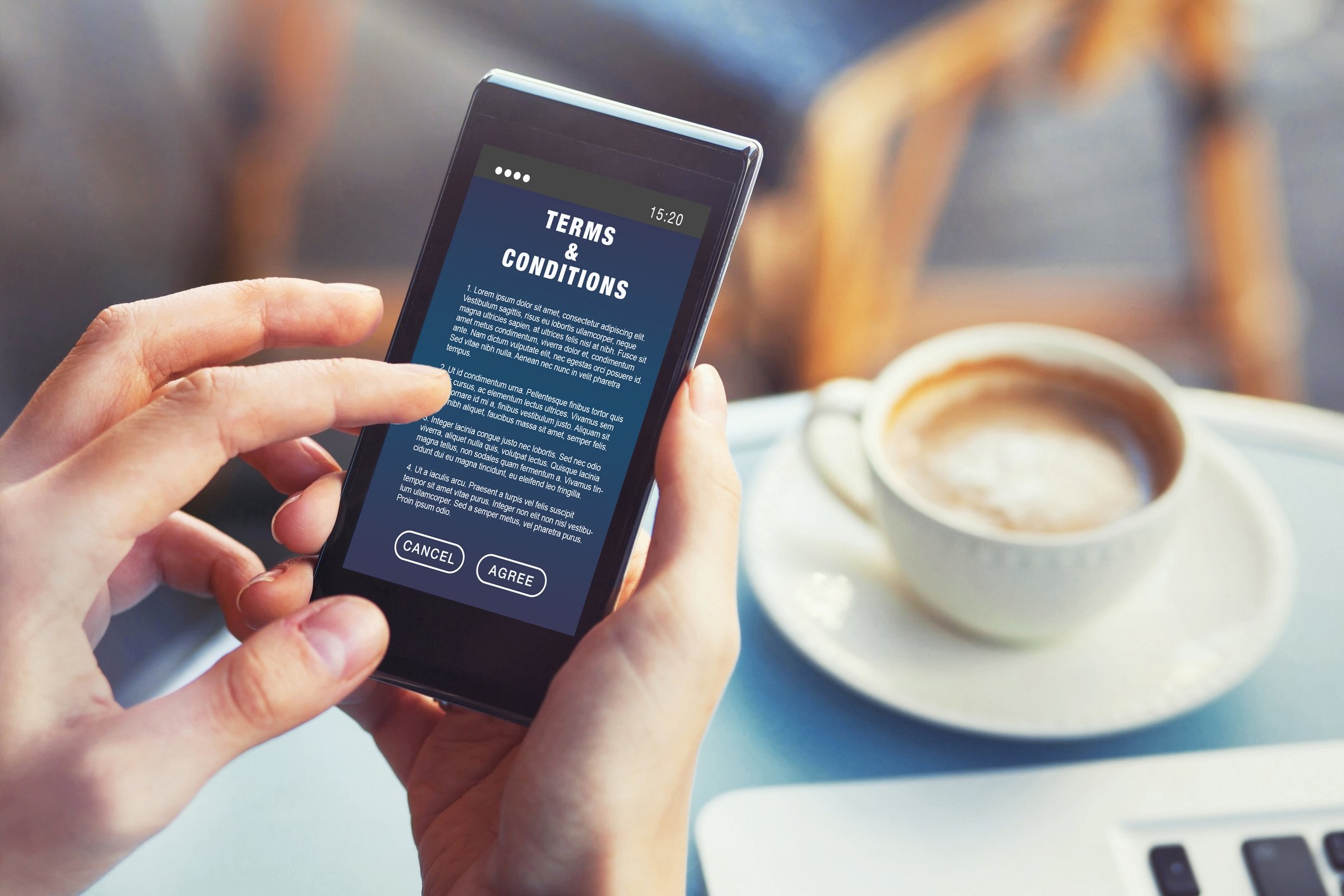A Quick Guide to the Types of Successful B2B Loyalty and Incentive Programs
A Quick Guide to the Types of Successful B2B Loyalty and Incentive Programs
B2B rewards programs are customer retention solutions with specific features and loyalty logic designed to help the companies to establish brand loyalty with the businesses that they sell to. Organisations in this vertical aim at growing their market share, by ensuring that the existing clients or contacts stay loyal, satisfied, and engaged.
Features of the best B2B loyalty programs
· Perks
The 'perks programs' category of B2B rewards and incentives include no points system, tiers, or other things that encourage progression. Members are privy to all benefits once they are enrolled for it. The perks approach can be used for building a VIP club for clients and the members can still be engaged through surveys or prize draws.
· Tiers
The tiered progression generally depends on the spend, points, or invitations. The customers are directly placed into a tire depending on the deal's volume, instead of letting them progress on their own. Higher tier levels offer better rewards and the clients can have the option for downgrading or upgrading during the next order.
· Co-operative rewards
This includes educating and training the suppliers and partners to help them perform better so that your business relationship is taken to the next level.
· Partner rewards
These are often used by companies so that staff or partners can receive rewards like branded merchandise or gift packages to receive rewards as a free bonus along with their order, which can then be distributed among their staff just to increase morale.
· Experiential rewards
If you are wondering how to create a loyalty or incentive program, whilst not necessarily spending a lot, then this is for you. These types of rewards do not have to be necessarily expensive and can be anything from member events like team dinners or activities to free movie passes for your employees. Incentive travel tends to sit at the top of the experiential reward offering and this can be catered to any sized budget.
· Referral programs
Rewarding customers who share your name and recommend the loyalty programs to others can turn out to be very beneficial because one referred client means additional revenue.
· Coalition loyalty
Although these programs are completely different from B2B loyalty programs, organisations may create a connection between the two. They are extremely popular in the B2C loyalty market however many SME and Enterprise size business use them to gain the benefit of a wider footprint at a shared cost whilst cross-promoting and combining deals.
· Gamified surveys
This has proven to be a very beneficial tool for collecting feedback and gathering additional data. Some of the ways in which you can subtly add customer profiling to your reward system are by keeping some of the rewards hidden until the customer fills out a brief survey, or providing the clients with additional entries into a prize draw.
Conclusion
If you are skeptical about how to create sales incentive programs and are looking for more brand loyalty then starting a B2B loyalty program with one or more of the above tools can provide you with exceptional customer retention and partner engagement, that can benefit your brand in multiple ways.





